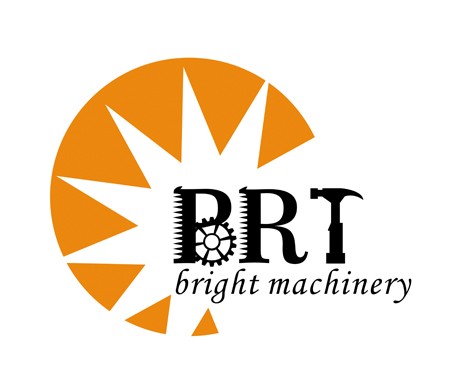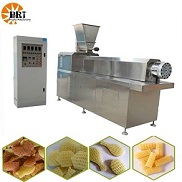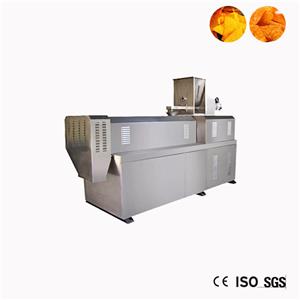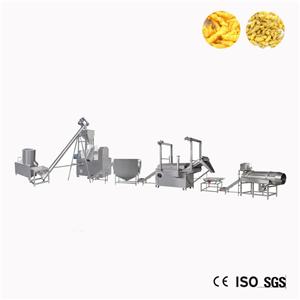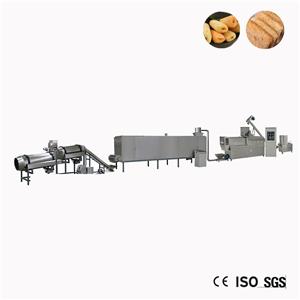In depth understanding of soybean tissue drawing protein
Introduction to histone drawing protein:
Textured soybean protein is a food prepared from soybean protein isolate and soybean defatted soybean powder. Defatted soybean, 70% protein soybean powder and separated soybean protein are mixed with water and food additives, pretreated by crushing, stirring, heating and direct steam, and then mixed, extruded, sheared and shaped by extrusion extruder. At the same time, the raw materials are sterilized and Protein organization and starch α Chemical treatment such as chemical treatment, enzyme passivation, melting, high temperature treatment, cooling, drying and other heat treatment. Due to the conversion of globulin in protein isolate and soybean defatted soybean powder into silk protein and fibrin, the protein content is more than 50%. The dried food can still have enough bite (bite strength and bite) similar to meat after adjusting water or rehydration.
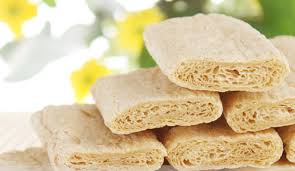
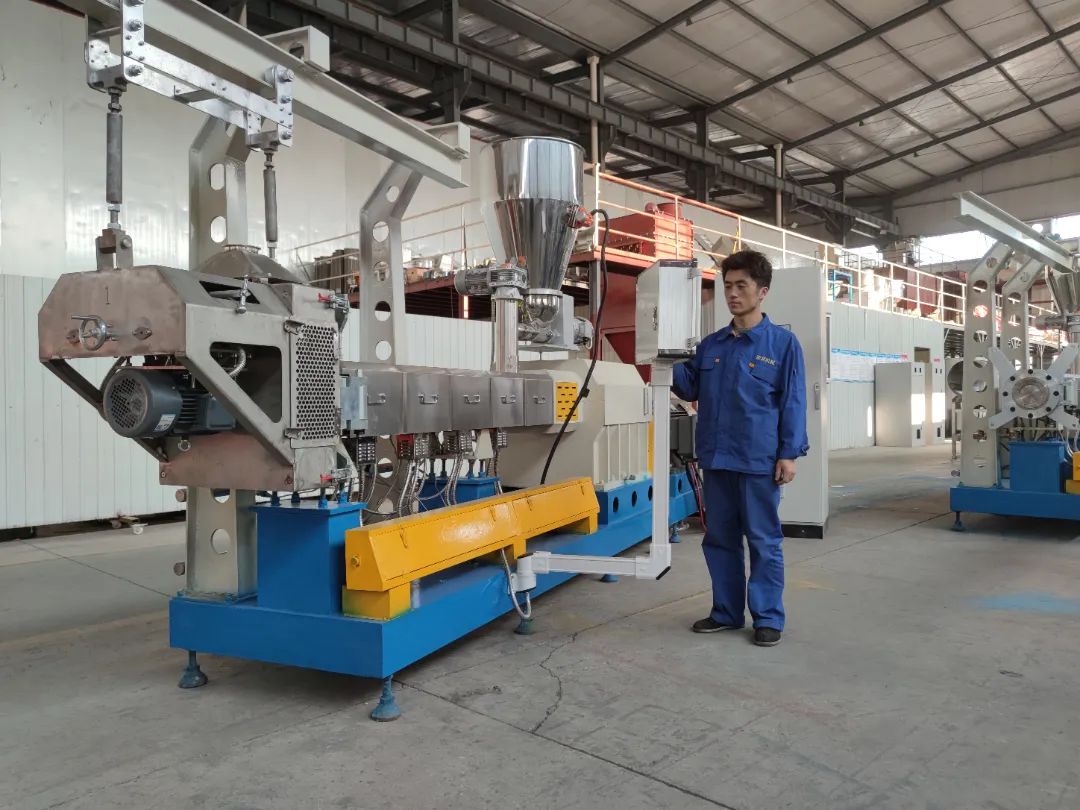
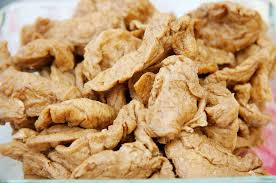
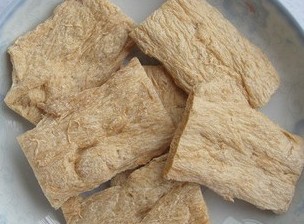

Because of its good water absorption and oil retention, it can be used as a substitute for meat by adding 25-50% tissue protein to broken meat or other meat products to make dishes with meat taste. Adding to meat products can increase the color, aroma and taste of meat products, improve the content of protein and promote particle integrity. Therefore, it is also an ideal additive for meat products. It can also be used as an auxiliary raw material for fast food or added to sausage and other foods. Soybean tissue protein contains natural antioxidants. After adding tissue protein to meat products, it can play a protective role and reduce oxidative rancidity. In addition, tissue protein has a good granular structure. After hydration in production, it has uniform tissue characteristics and specific tissue structure (flake and filamentous). After soaking, and then adding appropriate seasoning, it can be made into vegetarian food with various flavors. Therefore, soybean tissue protein is a real good and cheap food.
Processing conditions of soybean tissue protein
The quality requirements of soybean tissue protein products are: uniform surface color, no hardness, elasticity, water and oil absorption, porous sponge, etc. Through several years of production practice, we realize that in order to produce tissue protein that meets the above requirements, there must be strict requirements from raw materials to processing. The main conditions are:


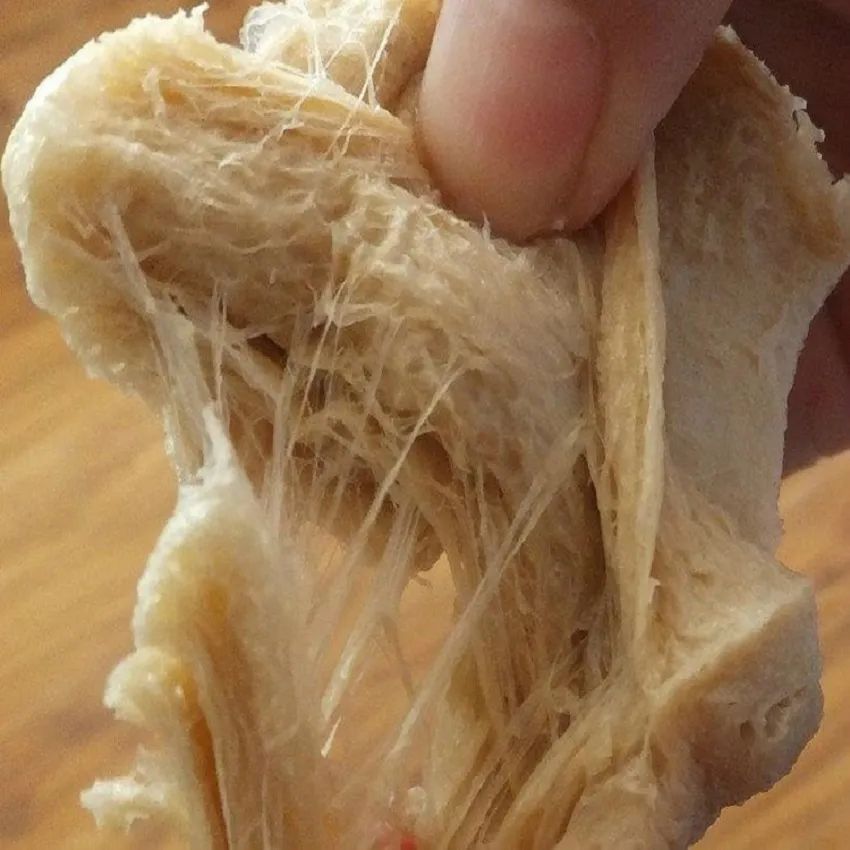
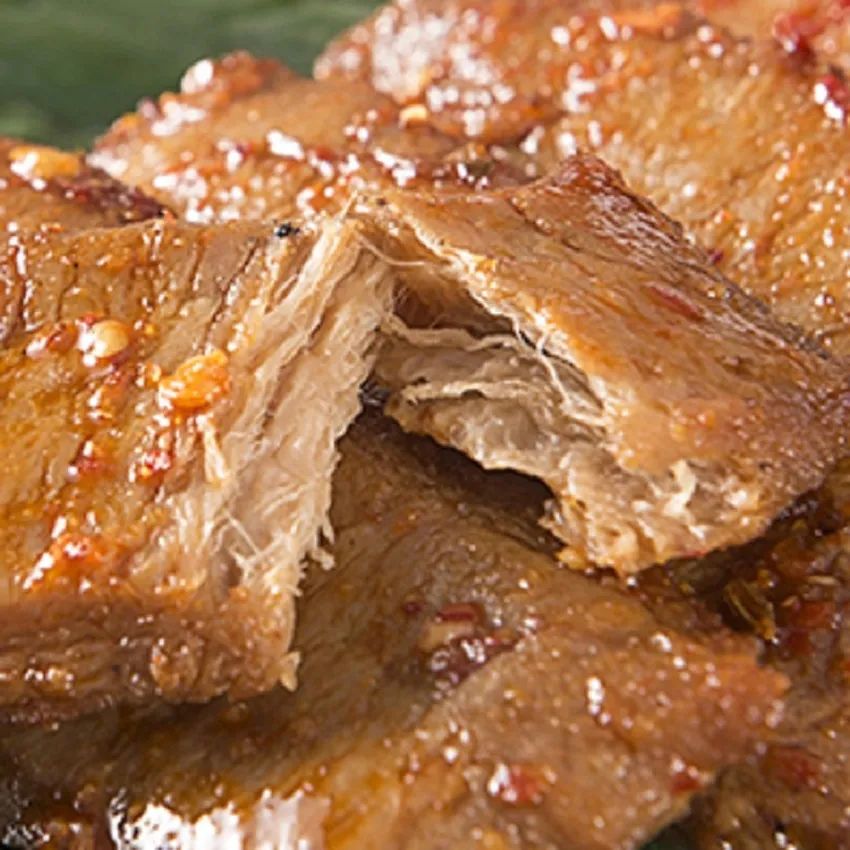
Raw material requirements
(1) High quality soybeans must be selected as raw materials, and the grade of soybeans must at least meet the national level III standard;
(2) Before processing defatted edible soybean meal, soybean should be cleaned repeatedly to remove all kinds of impurities;
(3) Remove the bean skin and bean petals, and there are impurities, bacteria, oxidase, etc. on the surface of bean skin and bean petals. At the same time, most of the bean skin is fibrous tissue, so it should be removed in the pretreatment process;
(4) The control standard of soybean drying temperature is not more than the critical temperature of protein denaturation, and the general control temperature is not more than 70 ℃;
(5) In the production process of edible soybean meal, low temperature or Flash desolvation process must be adopted to ensure that the protein denaturation is kept to a minimum. The NSI of soybean meal was more than 70%;
(6) The residual oil content of edible soybean meal should be controlled below 1%, otherwise the expansion effect will be affected;


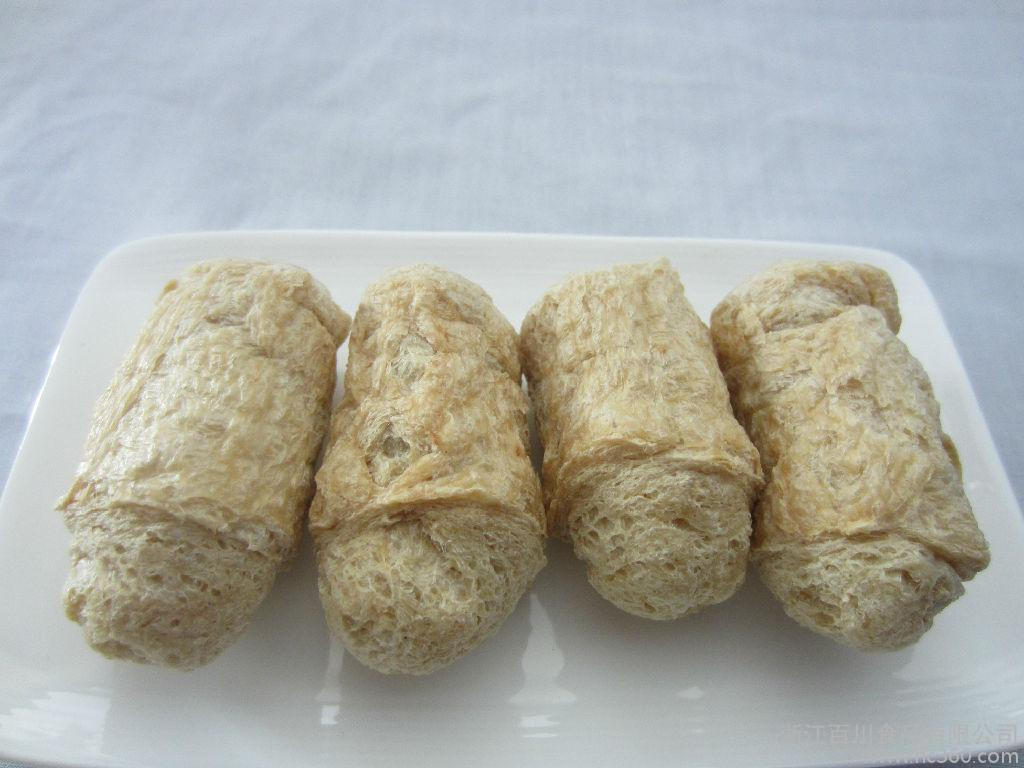
Processing technology of soybean tissue protein
Crushing - mixing powder - extrusion - cutting and forming - conveying - baking - oil spraying and seasoning - packaging.
The edible soybean meal is grinded and processed into defatted soybean powder by a worm gear grinder. The defatted soybean powder meeting the specifications is mixed with 25% - 30% process water to adjust the temperature and enter the extruder. In this process, the water content of soybean products from 20% is extruded spirally under high temperature and high pressure, and then extruded rapidly to become dry soybean products under atmospheric pressure. Under high pressure, the oil in soybean becomes free, and the soybean tissue is completely destroyed in the process of pressure reduction,
The digestibility is improved, the trypsin and other harmful physiological substances in soybean are passivated by heating, and the inherent beany smell and odor in soybean are removed. The products can be made into products with special structures such as fiber, porous structure and sponge, and then packaged after cooling and drying.
Product specification: protein (n) × 6.25 (dry basis) ≥ 50%; Moisture ≤ 8.0%; Crude fat (dry basis) ≤ 2.0%; Crude fiber (dry basis) ≤ 3.5%; Dry ash basis ≤ 0.7.
Soybean tissue protein is mainly used to mix defatted soybean, concentrated soybean protein or separated soybean protein through twin-screw extruder, add a certain amount of water and additives, and forcibly heat, pressurize and extrude to make the protein molecules orderly arranged, produce the same direction tissue structure, solidify at the same time, form fibrous protein, and have a chewing feeling similar to meat.
The main machine of soybean tissue protein production line is twin-screw extruder, with high power, reliable power distribution box system, automatic electrification control, automatic feeding mechanism, rotary cutting device, etc. The production line has the advantages of high automation, convenient operation, small floor area, energy saving and less processing loss. It can deeply process soybeans and a variety of grains.
